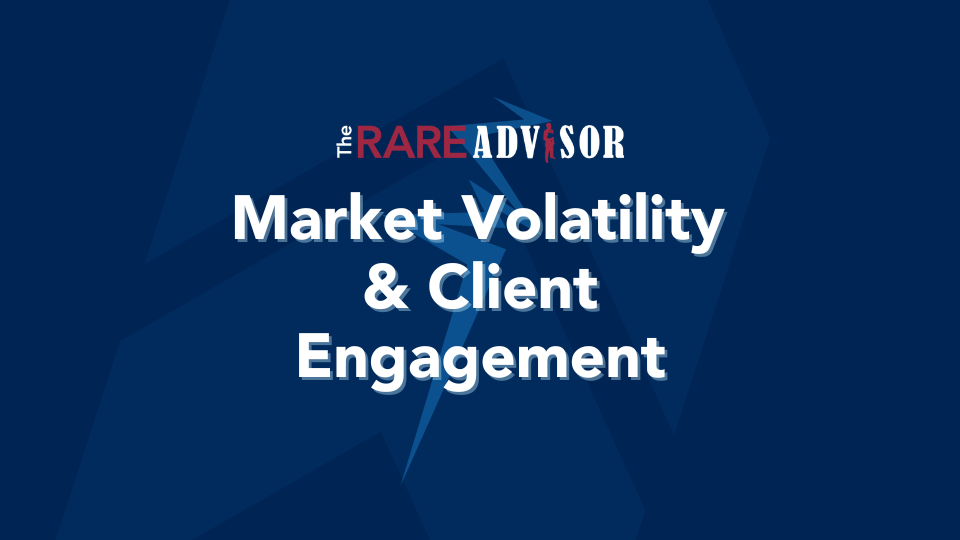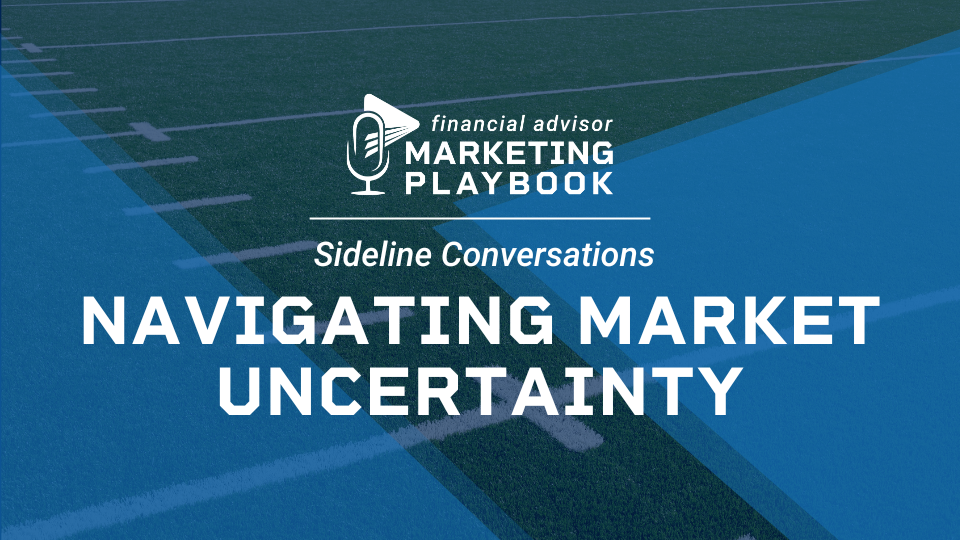Jul 19
2023

When I talk to advisors about strategic partnerships with attorneys or CPAs everyone loves the idea, but the response I usually hear is, "they rarely work." The question is why?
Below are three main reasons that these partnerships most likely fall flat:
Probably the most obvious reason of all three, but why should they? When you meet with an attorney or CPA do you expect them to share their client base simply because you do? Their referral to your services reflects them in a positive or negative light depending on how well you do your job. So, it’s no surprise they don't want to risk the relationship they have with a client. A solid strategic partnership isn't built over a single conversation.
They traditionally have a service that is bought, not sold, unlike financial products. They aren't hosting seminars in an attempt to convince people that they are needed. They are already needed. Since they don't sell for a living, you can't expect them to immediately convince any of their clients to come see you. You may think it’s easy for them to refer a client to you, but when it comes to protecting their reputation, it’s easier not to.
This is the elephant in the room. Even if you can build trust and get them to mention you to their clients, what is the message that is being delivered? How do they describe you? Financial guy? Financial advisor? Insurance guy? Investment guy? If you were the client, would that motivate you to switch from the trusted advisor you already have? Their description of you and your practice provides zero professional contrast, which results in the relationship being a flop.
Utilizing strategic partnerships can be a huge advantage for your firm. If you have been unable to garner consistent and quality introductions from your strategic relationships reach out to us to learn how our strategic partner process works. You are most likely just one small adjustment away from a flood of referrals.

Matt Jaksa is a Business Development Recruiting Consultant with USA Financial, joining the firm in 2017. He is responsible for helping...

As you continue to elevate your client experience and curate a high-touch approach with your best clients, consider adding the Mid-Year Financial Wellness Update as an intentional and strategic touchpoint.

Turn market turbulence into opportunities to strengthen client trust and expand your reach. Discover how to proactively engage with your best clients, offering reassurance and highlighting your value-added services. Learn best practices for unified messaging across your team and how to leverage these moments to deepen client relationships and drive advocacy through services like the "sounding board" introduction.

In this episode of Financial Advisor Marketing Playbook, I’m joined by Senior Advisory Business Consultant Kevin Roskam to discuss navigating market volatility with clients. With markets experiencing recent fluctuations, we’ll dive into understanding investor sentiment, differentiating between working and retired clients, and addressing common advisor mistakes.

As you continue to elevate your client experience and curate a high-touch approach with your best clients, consider adding the Mid-Year Financial Wellness Update as an intentional and strategic touchpoint.

Turn market turbulence into opportunities to strengthen client trust and expand your reach. Discover how to proactively engage with your best clients, offering reassurance and highlighting your value-added services. Learn best practices for unified messaging across your team and how to leverage these moments to deepen client relationships and drive advocacy through services like the "sounding board" introduction.

In this episode of Financial Advisor Marketing Playbook, I’m joined by Senior Advisory Business Consultant Kevin Roskam to discuss navigating market volatility with clients. With markets experiencing recent fluctuations, we’ll dive into understanding investor sentiment, differentiating between working and retired clients, and addressing common advisor mistakes.